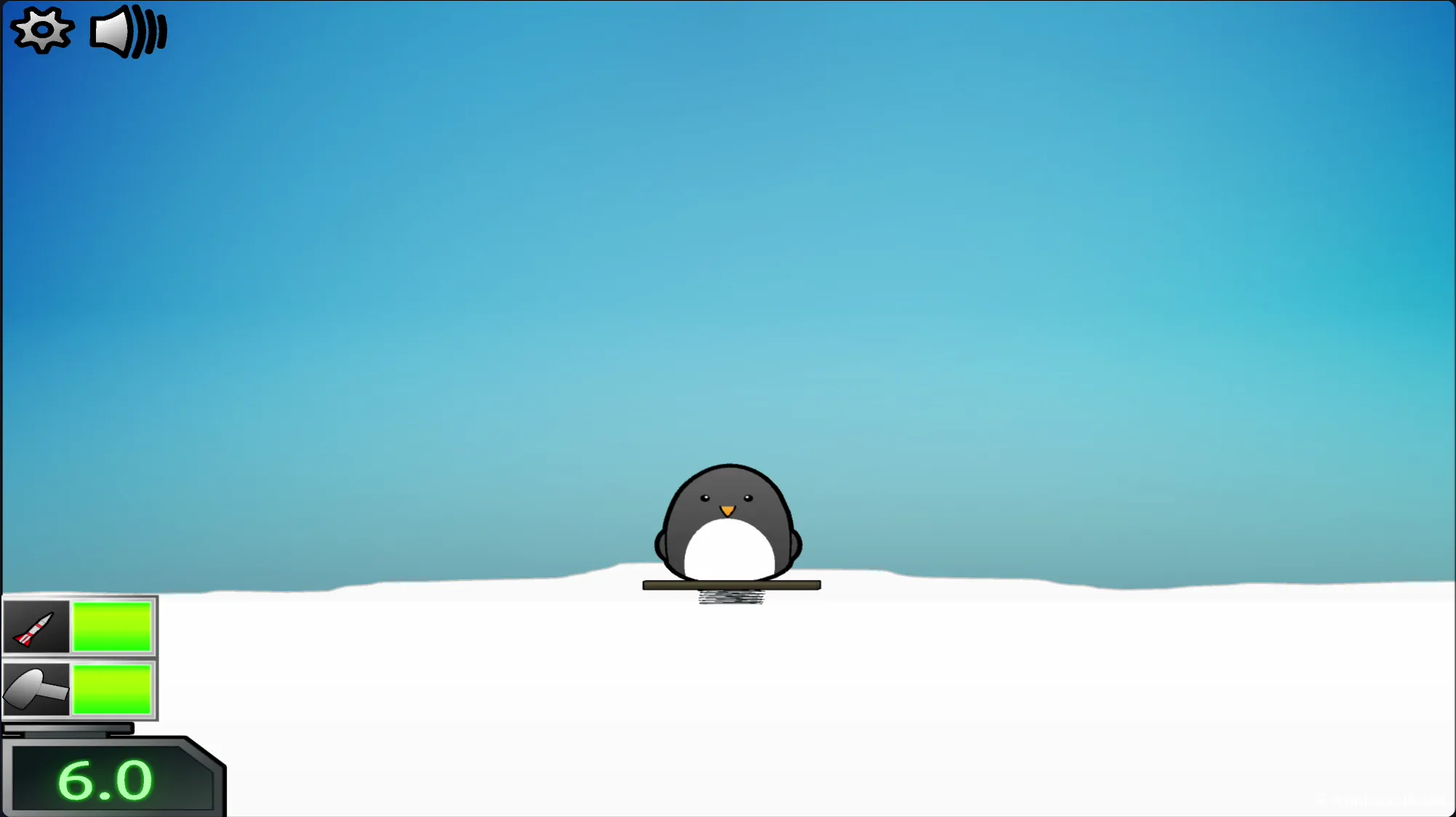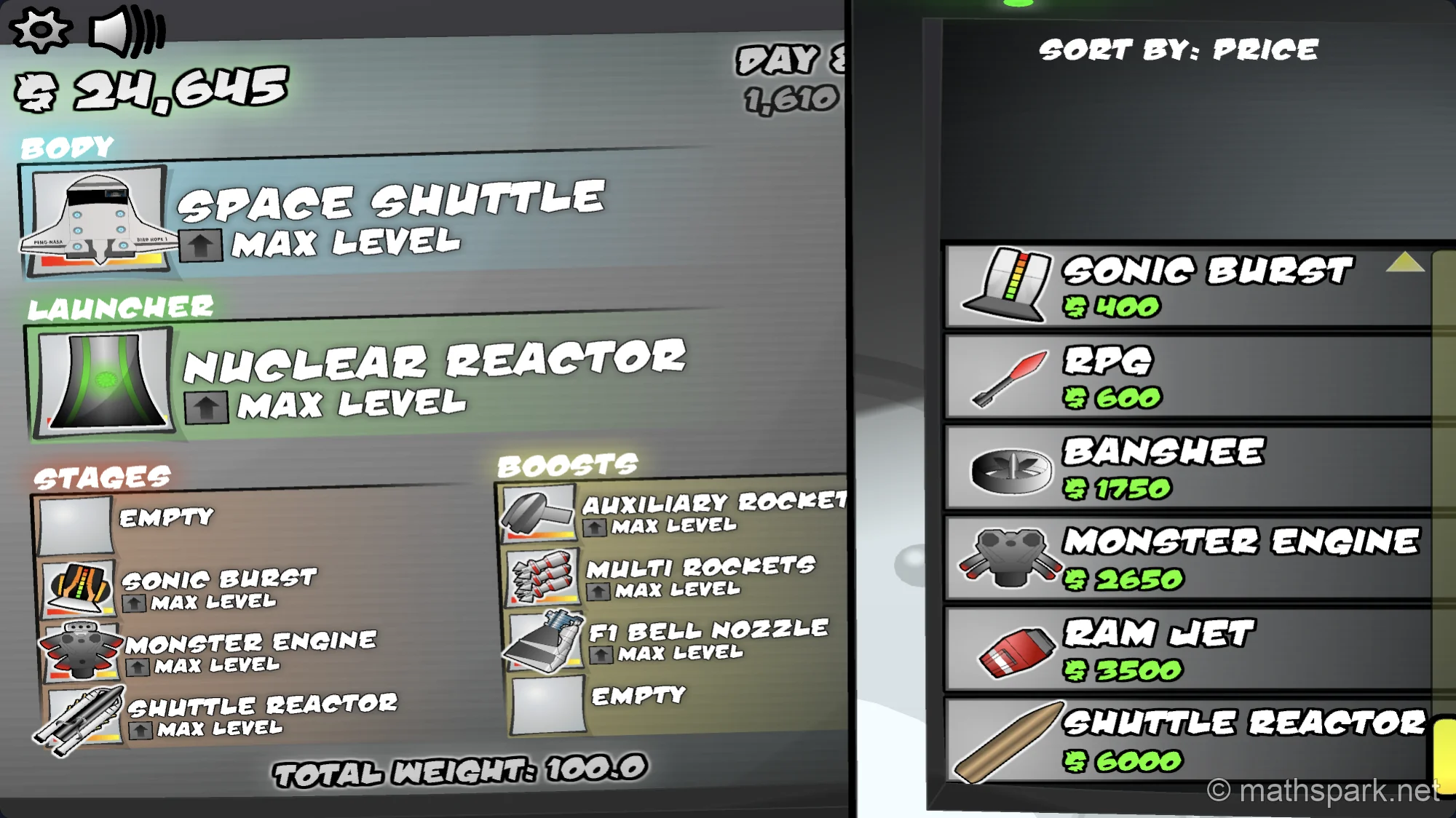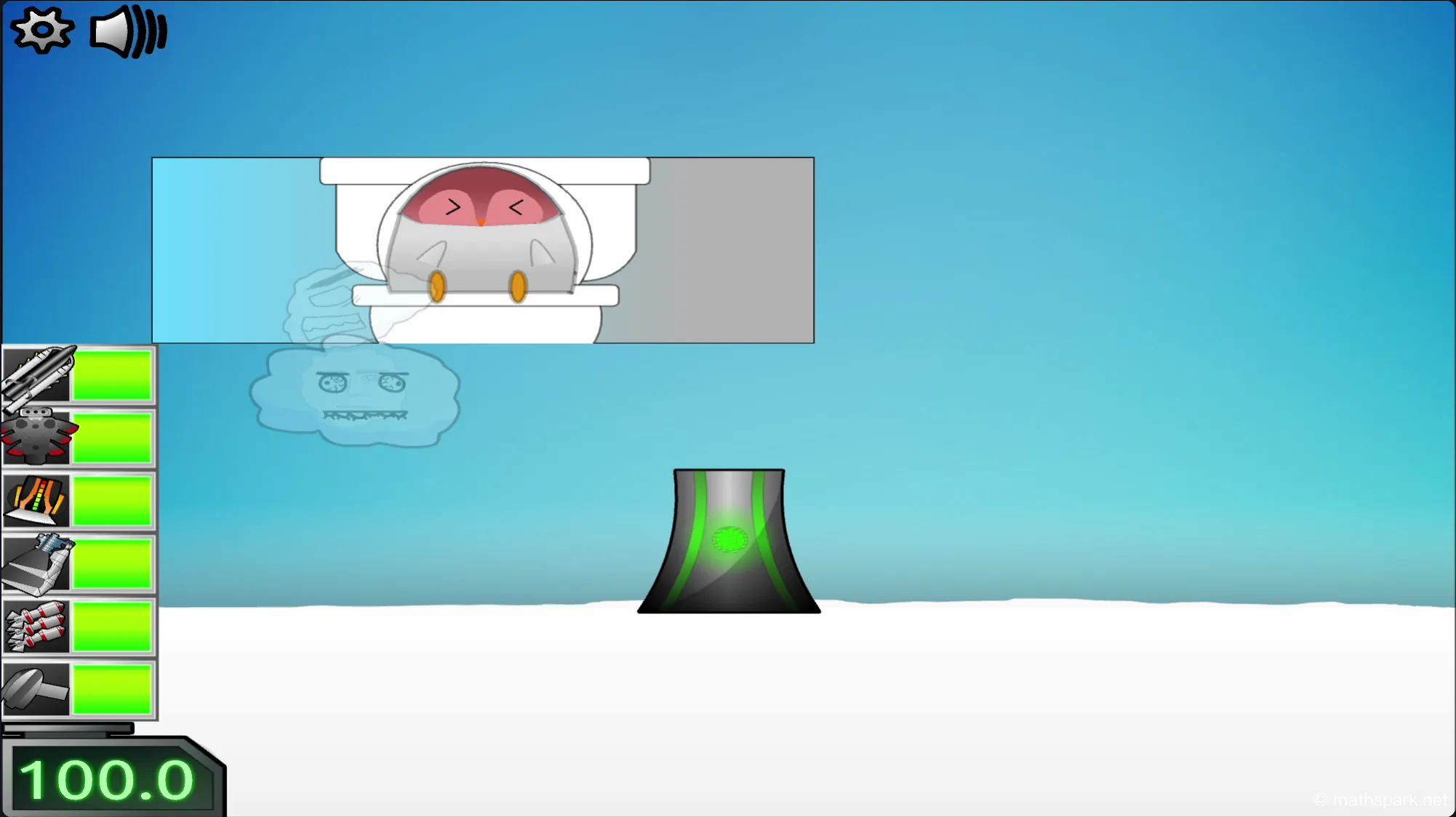Forge your path to the stars in Learn to Fly 3, the addictive physics-based launcher where engineering creativity meets explosive propulsion. Master an endless cycle of building, testing, and upgrading your spacecraft to finally break free from Earth's gravity.
Game Description
In Learn to Fly 3, you take on the role of a penguin aerospace engineer determined to reach space. This sequel revolutionizes the series by shifting the action to vertical flight, challenging you to construct powerful, multi-stage rockets from over 100 unique components. The core gameplay loop is brilliantly simple yet deeply compelling: launch your craft, earn cash based on your performance, and reinvest it into better parts to fly higher on your next attempt.
The journey begins with humble parts like basic coils and balloons, but quickly escalates to advanced sonic bursts, multi-stage rockets, and even theoretical tech like dark matter engines. Crucially, the game encourages endless experimentation by offering a full refund on any parts you sell, allowing you to constantly tinker with your designs without penalty until you find the perfect balance of weight, thrust, and efficiency.

How to Play / Controls
Mastering your ascent requires precise control over your custom-built machine.
- 🖱️ Mouse: Navigate all menus, purchase, and equip parts in the hangar.
- ⌨️ Arrow Keys: Steer your spacecraft during its flight to avoid obstacles and optimize your trajectory.
- ⌨️ Spacebar: Activate your boosters and fire off subsequent stages for extra thrust.
- ⌨️ G Key: Toggle slow motion for critical maneuvers that require perfect timing.
Game Features
Learn to Fly 3 provides a massive toolbox for aspiring rocket scientists, giving you full control over every aspect of your spacecraft.
- Deep Customization Engine: Mix and match parts from a huge inventory, including 24 launchers, 23 body types, 24 boost systems, and 18 specialized stages.
- Component-Level Upgrades: Every single part can be individually upgraded multiple times, enhancing its power, efficiency, or duration.
- Advanced Physics: A sophisticated engine models gravity, air resistance, and atmospheric density, creating a satisfying balance between realistic mechanics and arcade fun.
- Progressive Unlocks: Earn cash with every flight and complete over 80 achievements to unlock new, more powerful components and permanent bonus upgrades.


Game Modes
Test your engineering prowess across four distinct and highly replayable game modes.
- 📖 Story Mode: A guided experience perfect for new players. Follow the penguin's quest for space through a series of structured challenges and objectives.
- 🏋️ Payload Mode: The ultimate test of raw power. Your goal is to build rockets with enough thrust to carry extremely heavy cargo into orbit.
- 🏁 Classic Mode: A nod to the series' roots, this mode challenges you to fly for maximum horizontal distance instead of altitude, requiring entirely different build strategies.
- 🔬 Sandbox Mode: Unleash your imagination with zero constraints. Modify physics constants like gravity, fuel consumption, and air resistance to create and test the most outlandish rocket designs imaginable.
Pro Tips & Strategy
Reaching the moon requires more than just raw power. Apply these expert strategies to optimize your launches.
- Prioritize Your Launcher: Early in the game, investing in a more powerful launcher provides the single biggest improvement to your initial altitude and overall flight potential.
- Pro Tip: Focus on Power-to-Weight Ratio, Not Part Quantity. A common mistake is stacking multiple weak stages like the Shuttle Reactor. Our tests reveal that a single, upgraded Sonic Burst provides far more effective thrust than several heavier, low-power stages that weigh your craft down.
- Experiment Without Fear: The in-game shop offers a full refund on all purchased parts. Use this to your advantage by constantly testing different combinations of bodies, stages, and boosters without any financial penalty. Find what works best for your current goals.
- Invest in Your Economy: Don't neglect parts that increase your cash earnings per flight. Upgrading these components early will dramatically accelerate your overall progression and unlock top-tier parts faster.
Editor's Note / Our Take
The magic of Learn to Fly 3 isn't just in reaching space; it's in the countless "aha!" moments in the hangar. We found ourselves losing hours to perfecting a build, constantly swapping parts to shave off a few pounds or squeeze out a bit more thrust. The fact that the game encourages this fearless experimentation with full refunds makes every launch a valuable lesson, turning failures into the fuel for your next breakthrough. It’s a masterclass in rewarding curiosity.
FAQ
Q: Is Learn to Fly 3 free to play?
A: Yes! Learn to Fly 3 is completely free-to-play. While optional in-app purchases exist, all content can be unlocked through regular gameplay without spending money.
Q: What makes Learn to Fly 3 different from previous games?
A: The primary difference in Learn to Fly 3 is its focus on vertical spaceflight and multi-stage rocket mechanics, a complete departure from the horizontal distance-based gameplay of the first two titles.
Q: Do I lose money if I sell my old parts in Learn to Fly 3?
A: No, one of the best features of Learn to Fly 3 is that you receive a 100% refund for any parts you sell or swap. This allows for limitless experimentation with your spacecraft designs without any financial risk.
Q: How long does it take to reach space?
A: Most players will successfully reach space for the first time within 15-20 gameplay sessions, but mastering the advanced modes and unlocking all parts can take dozens of hours.
Q: What's the highest altitude possible in Learn to Fly 3?
A: With optimized late-game builds utilizing parts like dark matter engines, dedicated players have recorded altitudes exceeding 10 million feet.
Q: Are there cheats available for the game?
A: The game's Sandbox Mode provides legitimate, built-in options to manipulate physics, effectively allowing you to "cheat" by giving yourself infinite fuel or removing obstacles for experimental purposes.
Q: Why do multiple weak stages sometimes perform worse than one strong one?
A: This is due to the game's realistic power-to-weight ratio. Stacking many low-tier parts adds a lot of dead weight to your craft. Often, a single, upgraded, high-tier component provides far more net thrust because it isn't burdened by the weight of multiple weaker engines.
Your penguin space program is waiting. It's time to build your masterpiece and touch the stars.